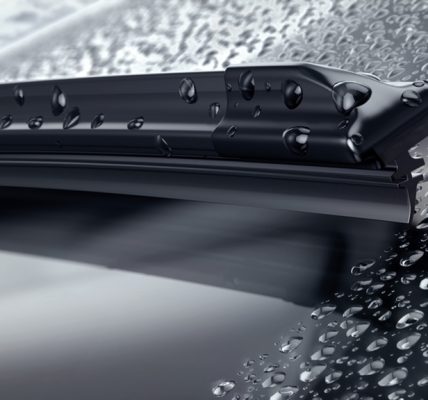Car junk yards, also known as salvage yards or auto wreckers, often conjure up images of dusty, disorganized landscapes overflowing with dented metal carcasses. But beneath this unassuming exterior lies a treasure trove for automotive education, offering a unique hands-on learning experience that complements classroom theory.
A Hands-on Haven for Budding Gearheads
Imagine a world where car manuals come alive. In a junk yard, students can ditch the static diagrams and explore the intricate workings of a car firsthand. Climbing into a vehicle allows them to identify parts they’ve only seen in illustrations, understanding their placement and how they interact.
This practical experience proves invaluable. Disassembling components like brake pads or air filters reinforces their function and the importance of regular maintenance. Students can even compare parts across different car models, learning how design philosophies and engineering approaches influence vehicle performance.
The benefits extend beyond basic car knowledge. Junk yards offer a crash course (pun intended) in car history. Strolling through the rows, you’ll encounter a fascinating timeline of automotive evolution. Students can observe the transition from boxy sedans to sleek hybrids, appreciating the advancements in technology, safety features, and fuel efficiency.
Learning Responsibility Through Practicality
Working on real cars fosters a sense of responsibility and respect for both machinery and the environment. Students dismantling parts understand the importance of proper handling and disposal. Many junkyards prioritize eco-friendly practices, recycling fluids and metals responsibly. Witnessing this firsthand instills a sense of environmental awareness and a commitment to sustainable car care.
Junk yards can also be breeding grounds for ingenuity and problem-solving. Students tasked with finding specific parts for a project have to navigate the maze of vehicles, developing resourcefulness and critical thinking skills. They learn to adapt and improvise, valuable traits for any future mechanic or car enthusiast.
Beyond the Basics: Specialized Learning Opportunities

The educational opportunities at a junk yard extend far beyond basic car knowledge. For students interested in specific automotive fields, these havens can provide unique learning experiences:
- Classic Car Restoration: Junk yards are goldmines for classic car enthusiasts. They can find rare parts, learn restoration techniques through hands-on experience with vintage vehicles.
- Performance Tuning: For students interested in the world of high-performance cars, studying modified vehicles at a junk yard can be insightful. They can observe how different parts contribute to increased power and handling.
- Alternative Fuel Systems: With the growing focus on eco-friendly vehicles, some junk yards specialize in salvaged electric cars or hybrids. Students can explore these alternative powertrains, gaining valuable insights into their operation and potential challenges.
Partnering for Progress: Schools and Junk Yards Working Together
The automotive education potential of junk yards is maximized when schools and salvage yards establish partnerships. These collaborations can take many forms:
- Field Trips: Organized field trips to well-maintained junk yards allow students to explore under the supervision of experienced staff. The yards can create designated learning areas with specific dismantled vehicles to facilitate focused exploration.
- Parts Donations: Junk yards can donate specific parts or vehicles to vocational schools, providing students with practical training materials. This collaboration benefits both parties, as students gain valuable experience while the yards clear out space.
- Guest Lectures: Mechanics or yard managers can be invited to schools to deliver talks on car maintenance, responsible parts disposal, or the history of the automotive industry. These real-world perspectives can significantly enhance classroom learning.
Responsible Exploration: Safety First at the Car Junk Yard
While a valuable educational resource, car junk yards are not playgrounds. Here are some safety tips to ensure a productive and safe learning experience:
- Always wear protective gear: Closed-toe shoes, gloves, and safety glasses are essential.
- Mind your surroundings: Be aware of moving vehicles and heavy machinery.
- Never climb on unstable structures: Stay on designated paths and avoid climbing precarious car stacks.
- Ask before you touch: Certain fluids and materials might be hazardous. Always seek permission from the yard staff before touching anything.
Related: How Do I Know If My Car is Misfiring? A Guide to Spotting Engine Trouble
The Future of Automotive Education: Embracing Diverse Learning Environments
As the automotive industry evolves rapidly, so too must automotive education. Car junk yards, with their readily available resources and practical learning opportunities, offer a valuable complement to traditional classroom learning. By embracing these alternative learning environments and fostering partnerships, we can empower future generations to become responsible, knowledgeable car owners and enthusiasts.
Don’t just see rust and discarded vehicles the next time you pass by a car junk yard. See a potential classroom, a repository of knowledge, and a launchpad for the next wave of automotive expertise.





